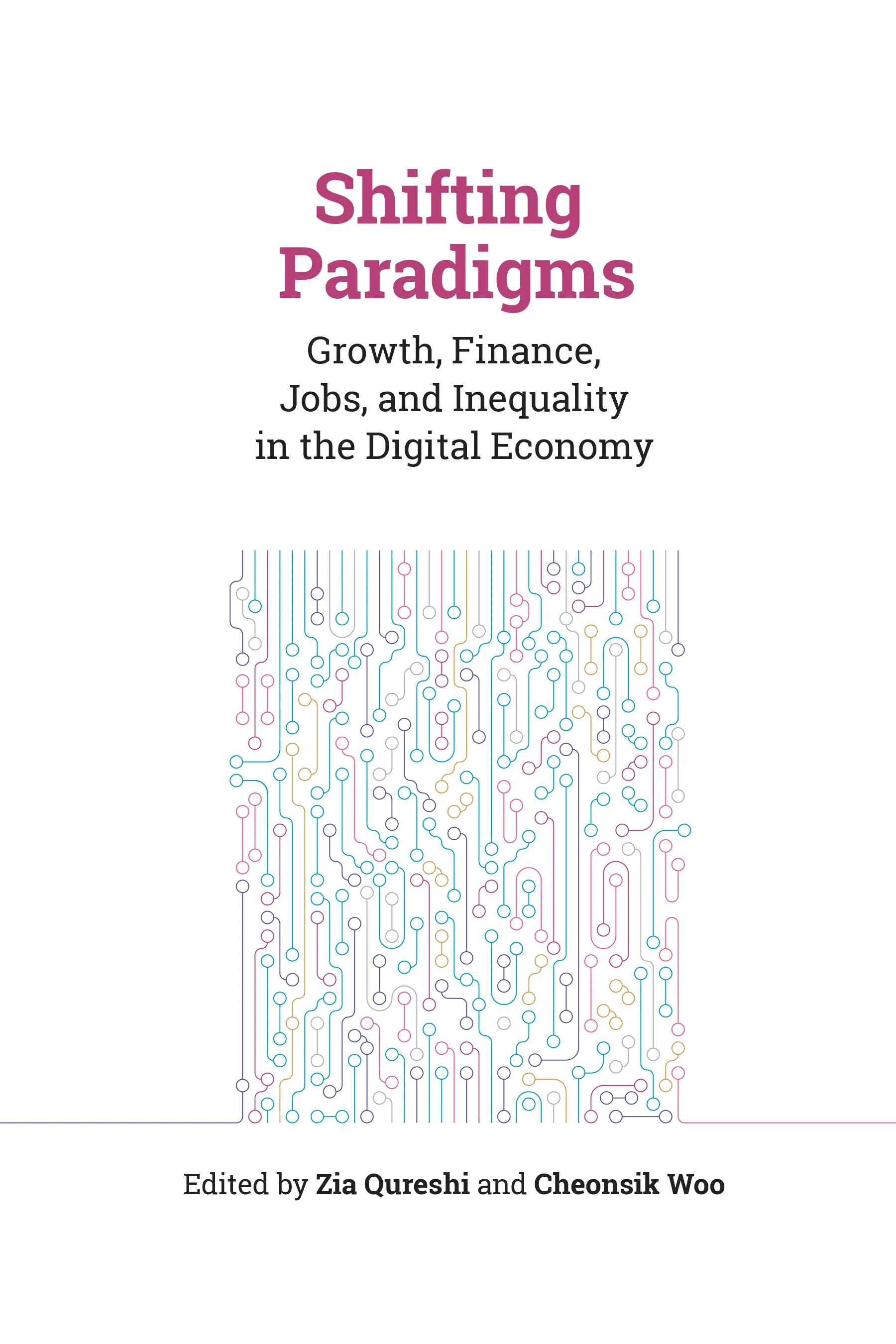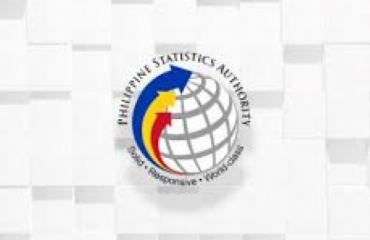Gone digital: Technology diffusion in the digital era – Brookings Institution
Guidance for the Brookings community and the public on our response to the coronavirus (COVID-19) »
Learn more from Brookings scholars about the global response to coronavirus (COVID-19) »
This is the third in a series of blogs sharing insights from the new book “Shifting Paradigms: Growth, Finance, Jobs, and Inequality in the Digital Economy.”
Productivity growth allows economies to increase output without increasing inputs and is a key driver of economic growth and of income per capita. However, productivity growth has been slowing in recent decades, depressing economic growth. This might appear paradoxical given the fast advancement in technological progress and the spread of digital technologies.
Chiara Criscuolo
Head, Productivity, Innovation, and Entrepreneurship Division – OECD
Firms’ varied performances during this period of digital transformation help explain this puzzling paradox. While firms at the global frontier of productivity have continued to increase their productivity steadily, the rest of the business population has not kept pace.
The productivity gap between frontier firms and the rest has increased (Figure 1). The gap has widened more in sectors that rely more heavily on the use of knowledge and digital technologies. These trends raise challenges for the inclusiveness of economic growth in the digital era.
As we discuss in our chapter in “Shifting Paradigms,” analyzing the dynamics of technology diffusion in the context of changes brought by digital transformation is key to explaining these productivity trends.
Technology diffusion can be a slow and gradual process, uneven across countries, regions, sectors, and firms—and even within narrowly defined sectors in the same country.
While firms at the global frontier of productivity have continued to increase their productivity steadily, the rest of the business population has not kept pace.
Recent OECD analyses show that the increasing productivity gap between the most productive firms and the rest could be a reflection of a slowdown in technology diffusion. This is especially the case in the most digital- and knowledge-intensive sectors. Laggard firms in these sectors face higher obstacles and catch up at a slower pace.
Shifts to a digital and knowledge economy pose three new challenges for firms. First is a rising importance of intangible assets, such as research and development (R&D), software, and other intellectual property, in the production processes. Second is an increasing role of tacit knowledge. Third is rising technological complexity requiring increasingly sophisticated complementary investments in areas such as worker skills and organizational innovation.
The need for complementary investments in intangibles, the non-rivalry and low-cost scalability of digital technologies, and the related scale economies and network externalities create and reinforce winner-takes-most dynamics, especially in digital-intensive sectors. These factors may allow superstar firms to thrive and gain considerable market shares while acting as barriers for other firms to adopt new technologies and for new players to enter the market.
Related Books
Shifting Paradigms
Edited by Zia Qureshi and Cheonsik Woo2022
Weakening technology diffusion is not only associated with increasing productivity divergence, but it also affects other socioeconomic outcomes. It plays a role in explaining the recent declines in business dynamism, the rise in concentration and markups in many industries and countries, and trends in labor income shares and wage inequality.
The polarization between leading firms and laggards has been amplified even further by the COVID-19 pandemic. While there has been an acceleration of digital adoption during the pandemic, the rate of adoption of digital technologies and their sophistication have been very heterogeneous: Tech-savvy firms, often already more productive and larger, have adopted more and more sophisticated digital technologies than smaller, less tech-savvy firms. Similarly, while teleworking has been crucial to sustaining production during the crisis, not all firms have been able to (re)organize their activities remotely. The pandemic may, in this way, add to the advantages of ex-ante digitally advanced firms. These dynamics, together with shocks to business registrations, may amplify declines in business dynamism, increase industry concentration, and weaken competition.
Thus, the effects of the pandemic have reinforced the need for policies to boost technology diffusion and foster conditions for broad-based growth of firms.
Governments can play an important role in fostering technology diffusion. Public policy can help remove barriers to diffusion and increase firms’ absorptive capacity by addressing skill and financial constraints to technology adoption, implementing effective research and innovation policies, regulating data access and ownership, and ensuring a level playing field and a competitive environment.
Related Content
Understanding the impact of automation on workers, jobs, and wages
Wednesday, January 19, 2022
No single policy can foster technology diffusion alone. A comprehensive policy mix, considering both demand-side and supply-side measures, that bolsters firms’ incentives and capabilities is needed.
Demand-side measures would raise awareness about new technologies, develop absorptive capacity, and reduce risks. Supply-side measures would foster competition, broaden access to innovation financing, address the new regulatory issues of the digital economy, improve knowledge production and sharing (including through sensible intellectual property policies), and strengthen the foundation of digital infrastructure and skills.
Supporting wider technology diffusion, in particular for small and young firms, together with measures to boost business dynamism, equip workers with new skills, and foster fair labor markets would allow the achievement of economic growth that is stronger as well as more inclusive and sustainable.
Looking ahead, attention is now focusing more and more on the next phase of the digital revolution, led by artificial intelligence (AI), and how it may impact productivity. There is much discussion about the potential of AI to be the next major general-purpose technology, spawning complementary innovations in a range of applications across sectors. These may be related to specific software or hardware, big data analytics, machine learning, cyber-physical systems, or applications embodied in robots or other artifacts, with different technologies having different characteristics and skill requirements.
Recently, there has been a strong acceleration in the number of AI-related publications—the knowledge base of AI—combined with a significant increase in the share of AI-related inventions. This suggests an increasing spread of AI across countries, although data and analyses about its diffusion across firms and sectors are still scant, especially beyond the United States.
Ongoing research at the OECD aims to fill this gap by analyzing the drivers and implications of AI adoption and diffusion. It ranges from measurement of AI developments, including patents and trademarks, to the skills needed in AI-related jobs. This was discussed at a virtual conference held last year, and the latest research will be presented in a forthcoming conference next month where a focus will be the implications of AI adoption and diffusion for productivity and business dynamics.
Authors’ note: the views expressed here are those of the authors and should not be attributed to the OECD or its member countries.






